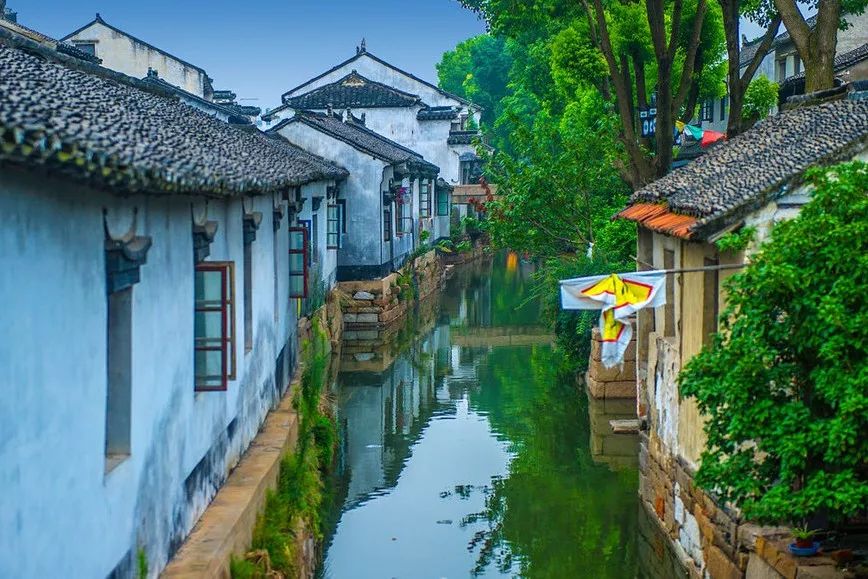Nanxun, Zhejiang
China’s first ancient city listed as a world cultural heritage – Nanxun! The ancient town has a radius of about 34 square kilometers, and is full of rivers, old houses, gardens and other places of interest. Anyone who has been to Nanxun Ancient Town will be shocked by its unique water town charm. It can be said that Nanxun Ancient Town can basically represent the culture of Jiangnan ancient towns. and great views.
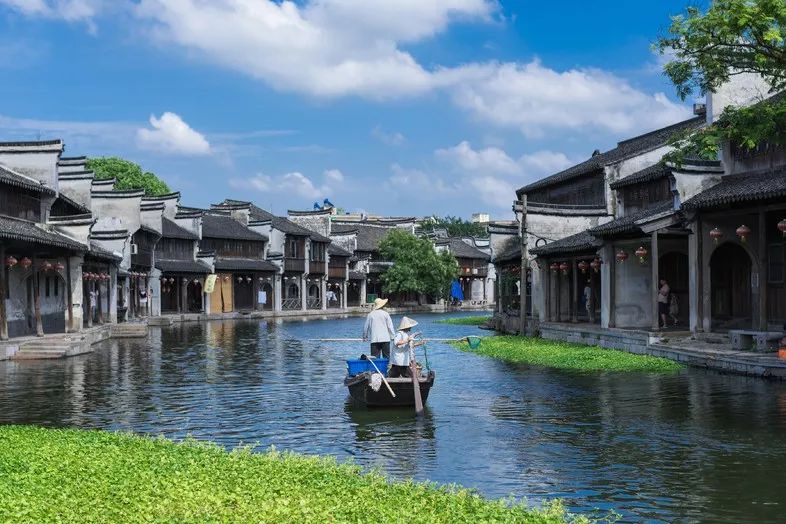
Nanxun, a water town in the south of the Yangtze River, is not only beautiful on the outside, but also beautiful on the inside, full of rich cultural atmosphere, and is a tourist attraction. There are Xiaolianzhuang, Yingyuan and Jiayetang Library, etc., the Baijian building in the Ming Dynasty has a unique style, and the former residences of Zhang Shiming and Zhang Jingjiang in the Qing Dynasty are unique.

Jiangsu Jinxi
Jinxi, a lesser-known ancient town in the south of the Yangtze River, is hidden deep in the boudoir, able to maintain the tranquility and leisure that other ancient towns rarely have. “Going close to each other requires a boat” is a portrayal of Jinxi. The water alleys, river ports, arch bridges, arcades, Langfang, and markets have a history of more than 2,000 years, and still maintain a simple Jiangnan water town.
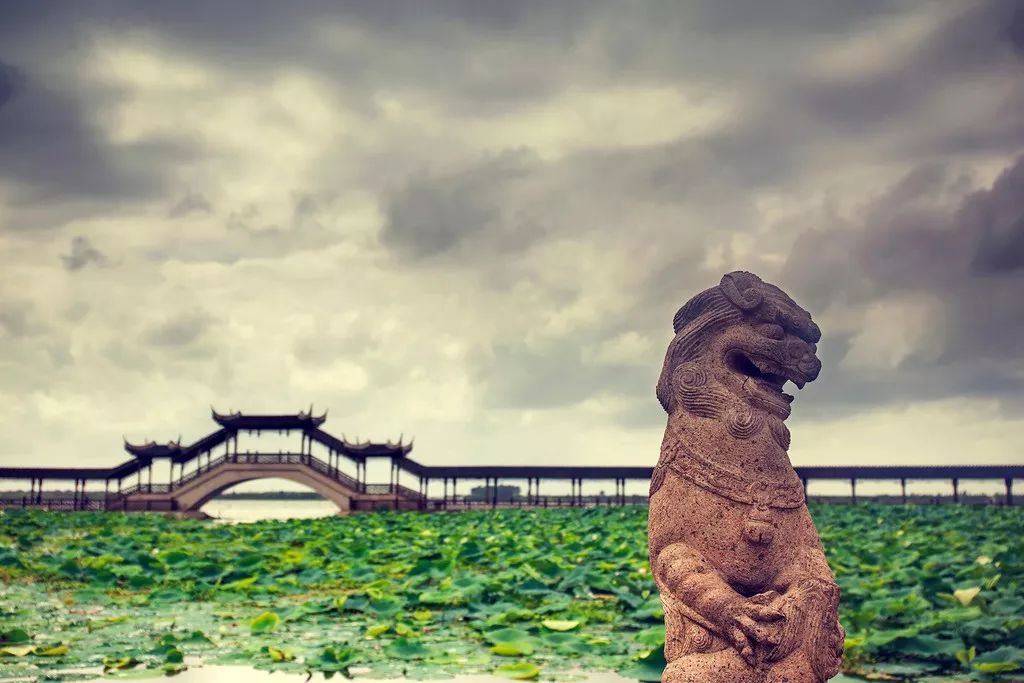
Jinxi is like most water towns in the south of the Yangtze River, with blue tiles and white walls and gurgling water; but Jinxi is different from most water towns, there are no overwhelming shops here, and no dark crowds. In fact, the original water town in the dream was peaceful and quiet, but this tranquility cannot help the noise after becoming famous.

Qianyang, Hunan
Located in the upper reaches of the Yuanshui River, Qianyang Ancient City is one of the best-preserved Ming and Qing ancient cities in the country. Surrounded by water on three sides, the ancient city is an important town on the border of Hunan, Chu and Miao.
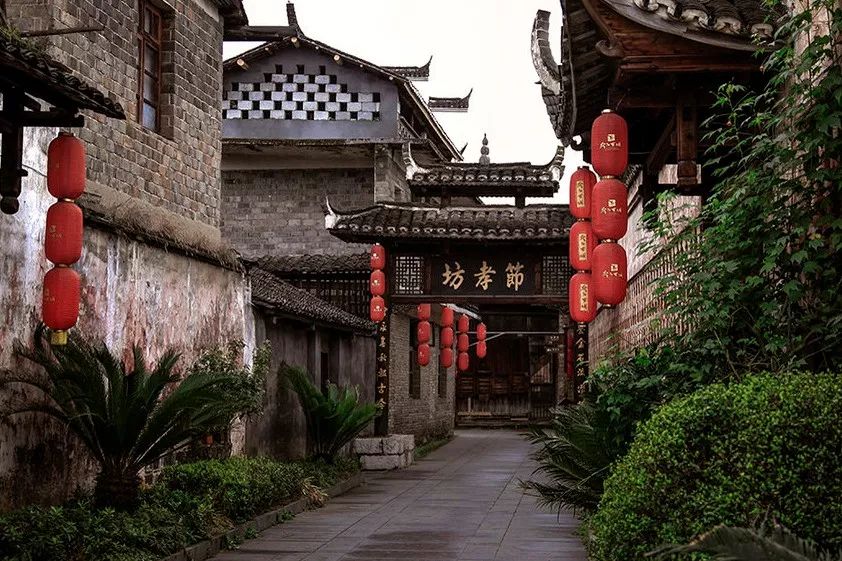
When you come to the ancient city, the first thing to see is the Furong Tower. The northern profile of Furong Tower is facing the river, surrounded by forests and hills. It is ingeniously built and well-arranged. It has a uniform blue tile roof, colorful clay sculptures on the roof, and a strong local flavor. Duo, the savings are elegant, delicate and pleasant.
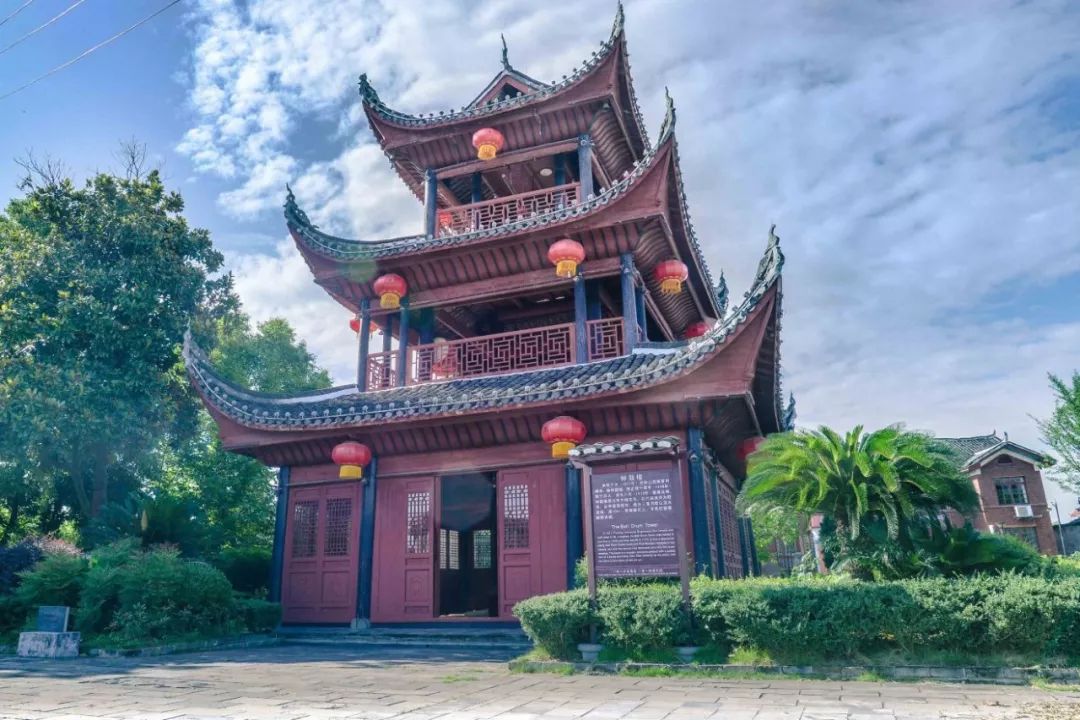
Xitang, Zhejiang
Xitang, known as Xietang in ancient times, was the junction of Wu and Yue’s struggles as early as the Spring and Autumn and Warring States Periods, so it is called Wu Genyue Corner. “Let’s go at the head of Jiuliwan, and the green willows and red apricots lead the singing warblers”, which is showing the beautiful scenery of Xitang, a water town in the south of the Yangtze River.
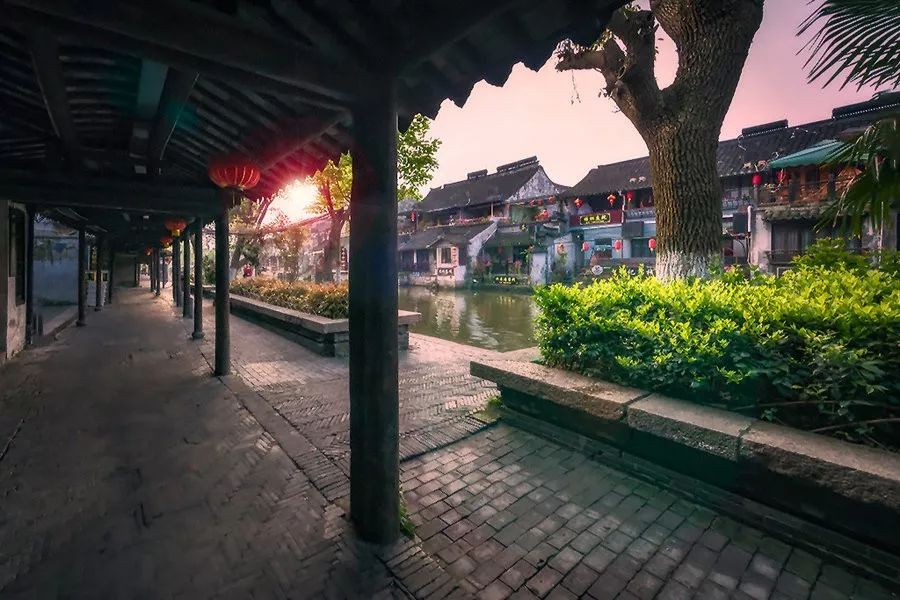
Xitang is quite distinctive among the ancient towns listed in the country, and is famous for its many bridges, lanes, and sheds. Since the Song Dynasty, 104 ancient bridges have been built in Xitang. The bridge is exquisite in craftsmanship and has been well protected so far, that is, it has ornamental value. It has been known as “the crouching dragon Lingbo, the rainbow flying frame” since ancient times.

Shaxi, Yunnan
Shaxi is a small dam surrounded by green hills. It has beautiful mountains and clear waters, pleasant climate and rich products. The Lancang River system, the Heijiang River, runs through the whole dam from north to south.
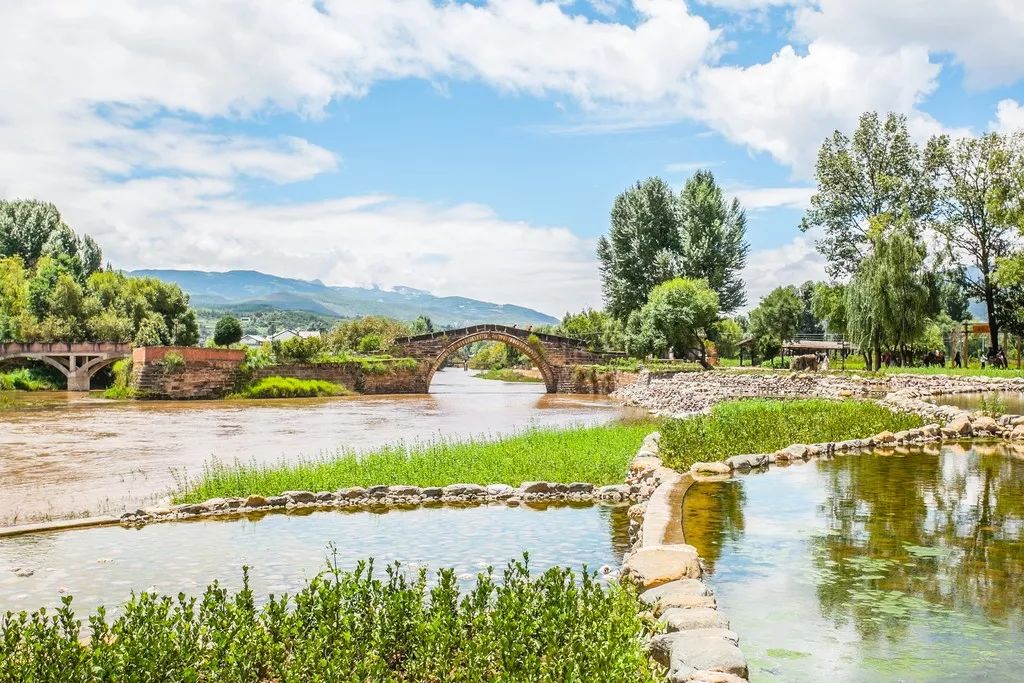
Shaxi Ancient Town is a typical water town in the south of the Yangtze River, with a pleasant climate, no cold winter and hot summer, and four seasons with unique scenery. Therefore, you don’t have to mind the season when you visit Shaxi Ancient Town, but it’s best not to go on weekends, because it’s difficult to appreciate the tranquility and beauty of the ancient town and water town amidst the crowds.
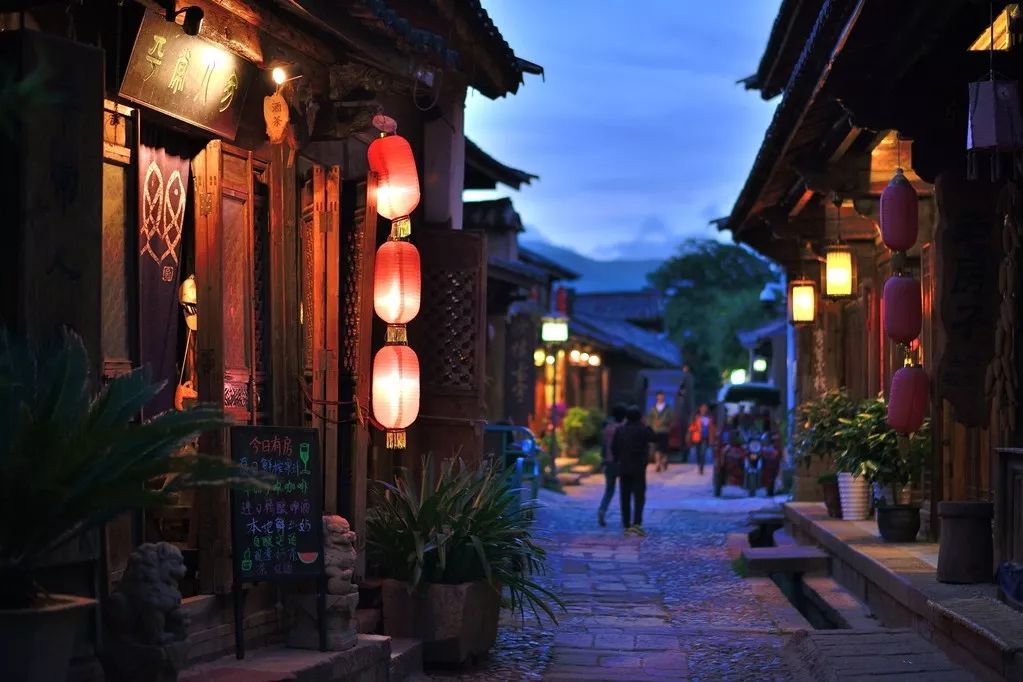
Guangxi Huangyao
Huangyao Ancient Town is like a thousand-year-old poetry collection, which is forgotten on the quiet bookshelf of the library. When people walk by inadvertently and open this beautiful chapter, the simple and elegant style immediately conquers people’s hearts.
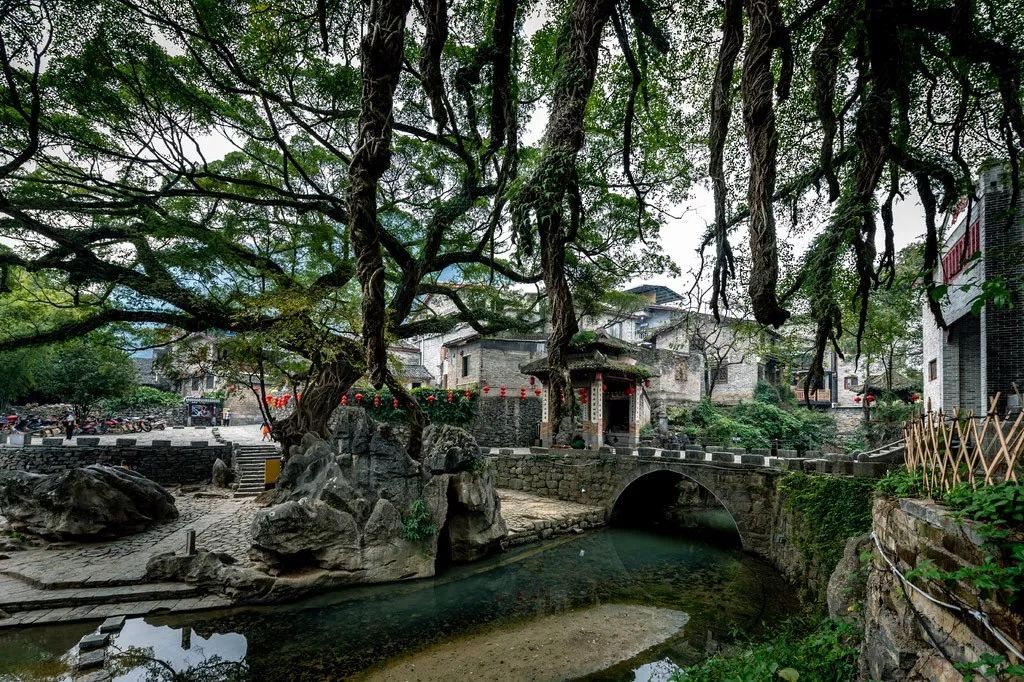
Huangyao is located in the lower reaches of the Lijiang River and is known as the “Homeland of Poetry”. There are “six mores” in the town, with many mountains, rivers and caves, many pavilions, many temples, many ancestral halls, many ancient trees, and many couplets and plaques. Where there are mountains, there must be water, where there is water, there must be bridges, where there are bridges, there must be pavilions, where there are pavilions, there must be couplets, and where there are couplets, there must be plaques, which constitute the unique scenery of the ancient town.
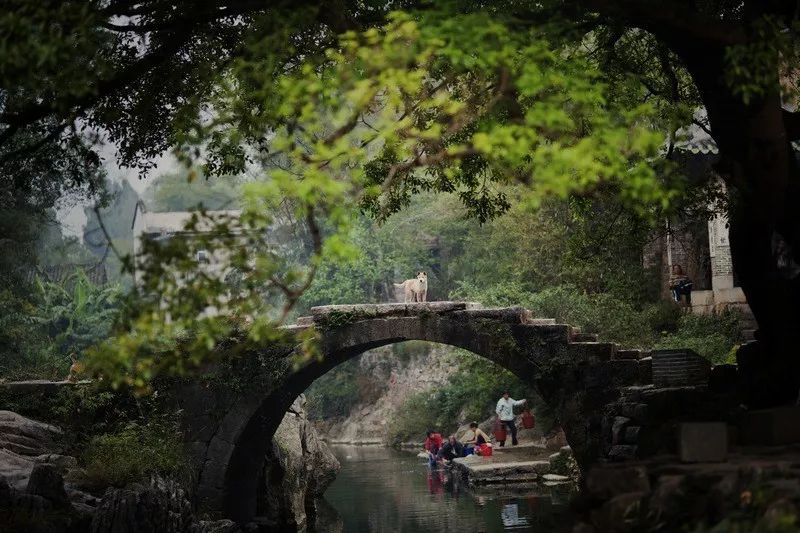
Sichuan Huanglongxi
The ancient town is not big, and it has the taste of a “water city”. The town passes by a river, and there are stone roads paved with bluestone on both sides, and there are still old sheds and corridors in some places. The water surface is connected by several iron suspension bridges, and there is an ancient banyan tree with intertwined roots beside the river. It is said that it has a history of nearly a thousand years and is the symbol of the ancient town.
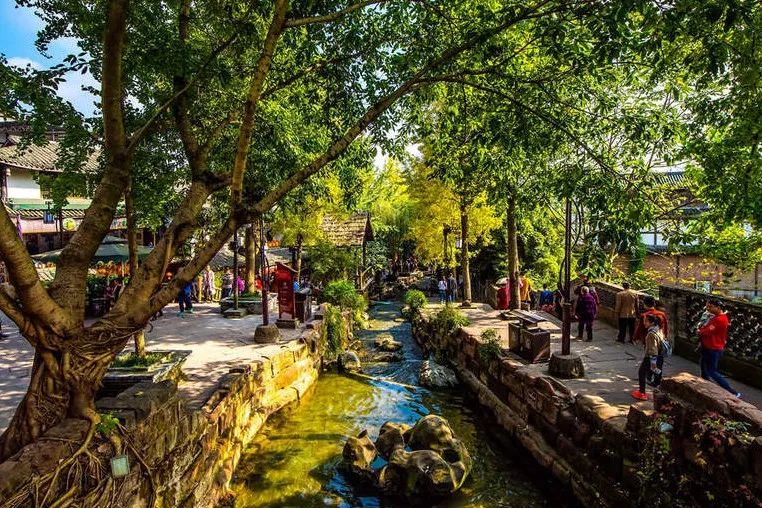
The winding and ancient stone paths, the wooden stilted buildings with cornices and corners by the river, the teahouses and shops on the streets, and the green smoke in the ancient temples all show the folk customs of the western Sichuan towns, which are simple and novel.
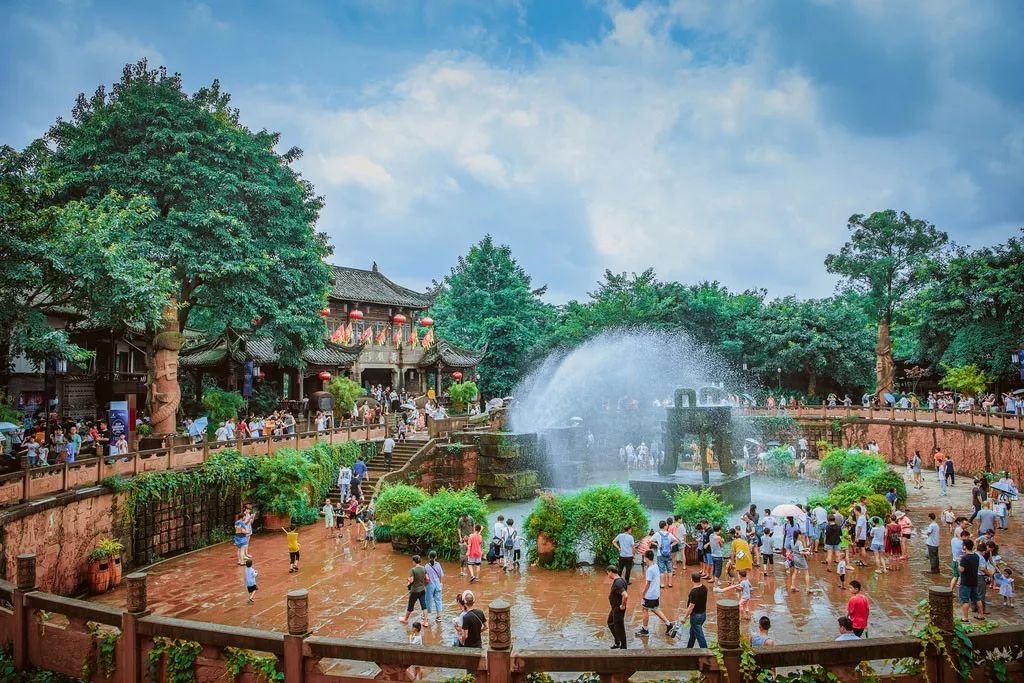
Jiangsu Luzhi
“Apricot blossoms in spring rain alleys, phoenix trees in drizzle at dusk, small bridges with flowing water and people’s homes”, Luzhi has the characteristics of a Jiangnan water town, famous for its abundance of water, bridges, alleys, ancient houses, and celebrities, and it is also famous for its plastic walls. Luohan and women’s clothing in water villages are famous all over the world.
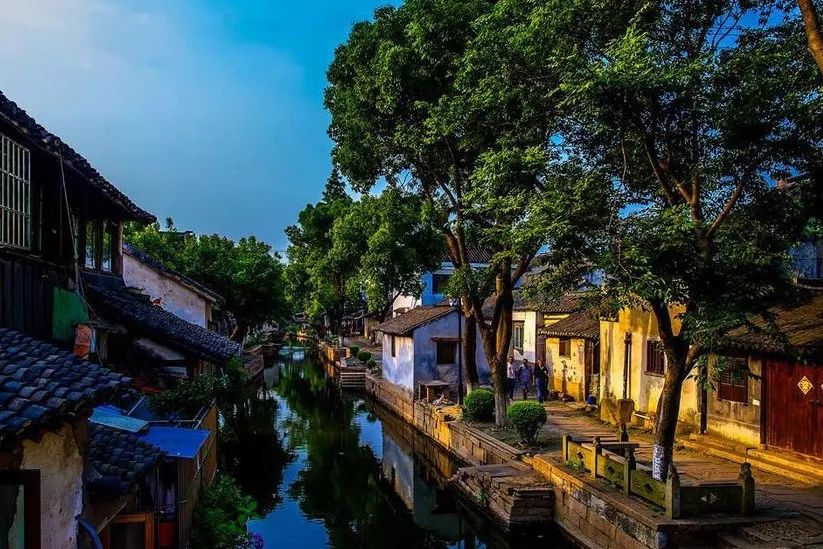
The ancient town is built near the water, with long water, winding rivers, winding bridges, narrow streets, deep alleys, long corridors, variegated whitewashed walls, heavy black tiles, and thousands of different families. Chen Baihao merchant. With its long history, beautiful scenery in the south of the Yangtze River, and profound cultural heritage, it is no wonder that Luzhi is called “the first town of water town in China”.
